Next weekend you can be at Chandannagore
Chandannagore had been a French colony. Unlike other European colonies in Bengal, the French control over Chandannagore continued even after Independence. In May 1950, the French allowed the Indian government to assume de facto control over Chandannagore, officially ceding the quaint little town to India on February 2, 1951.
Located about 33km from Calcutta, Chandannagore is well connected by road and the Railways. If one takes the GT Road from Howrah, the entry to Chandannagore is marked by a gateway consisting of two square pillars, with an urn on top of each pillar.
Constructed in 1937 to mark the fall of Bastille, the gate has the French Revolution slogan “Liberté, égalité, fraternité (Liberty, equality and fraternity)” etched on it.
Being a French colony for almost 275 years (1678 — 1950) Chandannagore is filled with French colonial architecture scattered across the city, the largest concentration being along the Hooghly river.
Considered to be one of the most beautiful stretches along the Hooghly, the Strand Road can be the starting point for a tour of the town.
The Durgacharan Rakshit Ghat is a prominent landmark on the strand. Built in the 1920s to honour Durgacharan Rakshit, a recipient of the French award of Legion d’honneur, the pavilion consists of slender columns with decorative stucco works consisting of elephant’s head and floral designs.
Along the Strand Road, we will find the Chandannagore Museum and Institute housing a rare collection of French artefacts including items from the personal collection of Lord Duplex, the French governor in erstwhile Chandannagar.
A few metres from the museum is an elegant mansion called the Patal Bari (underground house) as a portion of the building is below the road level and often gets submerged by the river water during high tide.
The Patal Bari, with its beautiful wooden sunshades and decorative water outlets, has a long list of distinguished visitors to the town, including Rabindranath Tagore and Iswar Chandra Vidyasagar.
A short walk up the river front will take us past the French fort, now turned into a court, and a clock tower. Off the Strand and a few steps from the Durgacharan Rakshit Ghat stands the Sacred Heart of Jesus Church. Opened in 1884, the two-storey church contains stained glass windows and coloured relief panels describing Christ’s journey with the cross.
Chandannagore’s heritage is not restricted to French architecture alone. The town houses several old temples, the Nandadulal temple being a key attraction. Standing on a 1,092sqft rectangular base, it is a large do-chala (double sloped roof) structure. However, excluding a few lotus motifs, the temple lacks terracotta work, a feature of temples in Hooghly district.
But terracotta enthusiasts shouldn’t be disheartened as the Boro Shibtala area of Chandannagore has a nine-pinnacle terracotta temple with intricate carving on two of its outer walls. The temple houses a giant Shivling.
How to go?
By train:Local trains like the Howrah-Bandel local, the Howrah-Burdwan local (via main line) take us to Chandernagore, a 45 minutes ride.
By road: We have to take the GT Road after crossing Vivekananda Setu in Bally.
Where to stay?
There are a few guest houses along the Strand Road.

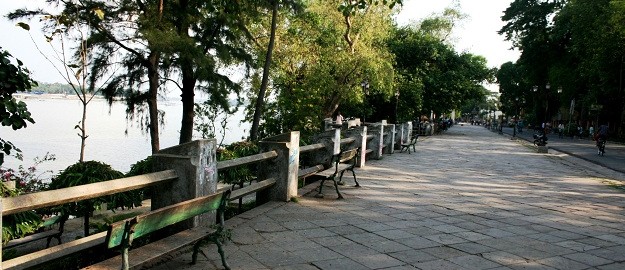
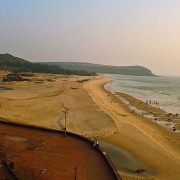
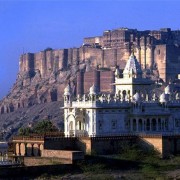
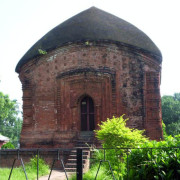
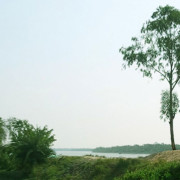
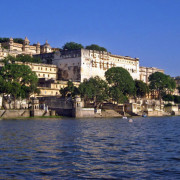
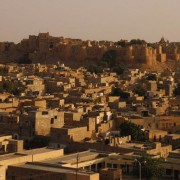
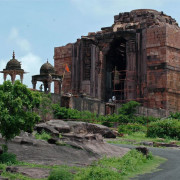
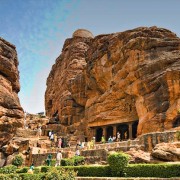


Leave a Reply
Want to join the discussion?Feel free to contribute!